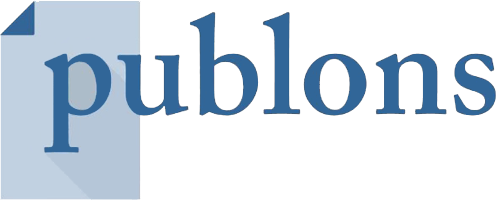Amyloidosis and inflammatory bowel disease: fact or myth?
Keywords:
Amyloidosis, Crohn’s disease, Ulcerative colitis, Inflammatory Bowel DiseaseAbstract
Inflammatory Bowel Disease (IBD), which includes both Crohn’s Disease (CD) and Ulcerative Colitis (UC), is a chronic idiopathic inflammatory disorder affecting the gastrointestinal tract. Extraintestinal manifestations (EIMs) are common in patients with IBD, and occur in 6%-47% of patients with CD or UC. EIMs can involve organs other than the gastrointestinal tract such as skin, eyes, joints, biliary tract, and kidneys. Renal and urinary involvement particularly occurs in 4-23% of patients with IBD. Among the renal complications of IBD, secondary amyloidosis (AA-type, AAA) is a rare but serious complication. Renal amyloidosis has been proven to be the most common lethal manifestation of IBD-associated amyloidosis, since renal involvement rapidly leads to end-stage renal failure. A few studies suggest that AAA is more prevalent in CD than in UC, mainly occurring in male patients with an extensive, long-lasting, and penetrating disease pattern. The therapeutic approaches of IBD-associated AAA are based both on control of the chronic inflammatory process that causes the production and storage of serum amyloid A (SAA), which is a precursor of the amyloid, as well as on destabilizing amyloid fibrils so that they can no longer maintain their β-pleated sheet configuration; however, in patients with end-stage renal disease, the only therapeutic options still available are hemodyalisis and renal transplantation. Whether effective treatment exists for AAA remains controversial.Downloads
Published
Issue
Section
License
This is an Open Access article distributed under the terms of the Creative Commons Attribution License (https://creativecommons.org/licenses/by-nc/4.0) which permits unrestricted use, distribution, and reproduction in any medium, provided the original work is properly cited.
Transfer of Copyright and Permission to Reproduce Parts of Published Papers.
Authors retain the copyright for their published work. No formal permission will be required to reproduce parts (tables or illustrations) of published papers, provided the source is quoted appropriately and reproduction has no commercial intent. Reproductions with commercial intent will require written permission and payment of royalties.

This work is licensed under a Creative Commons Attribution-NonCommercial 4.0 International License.






